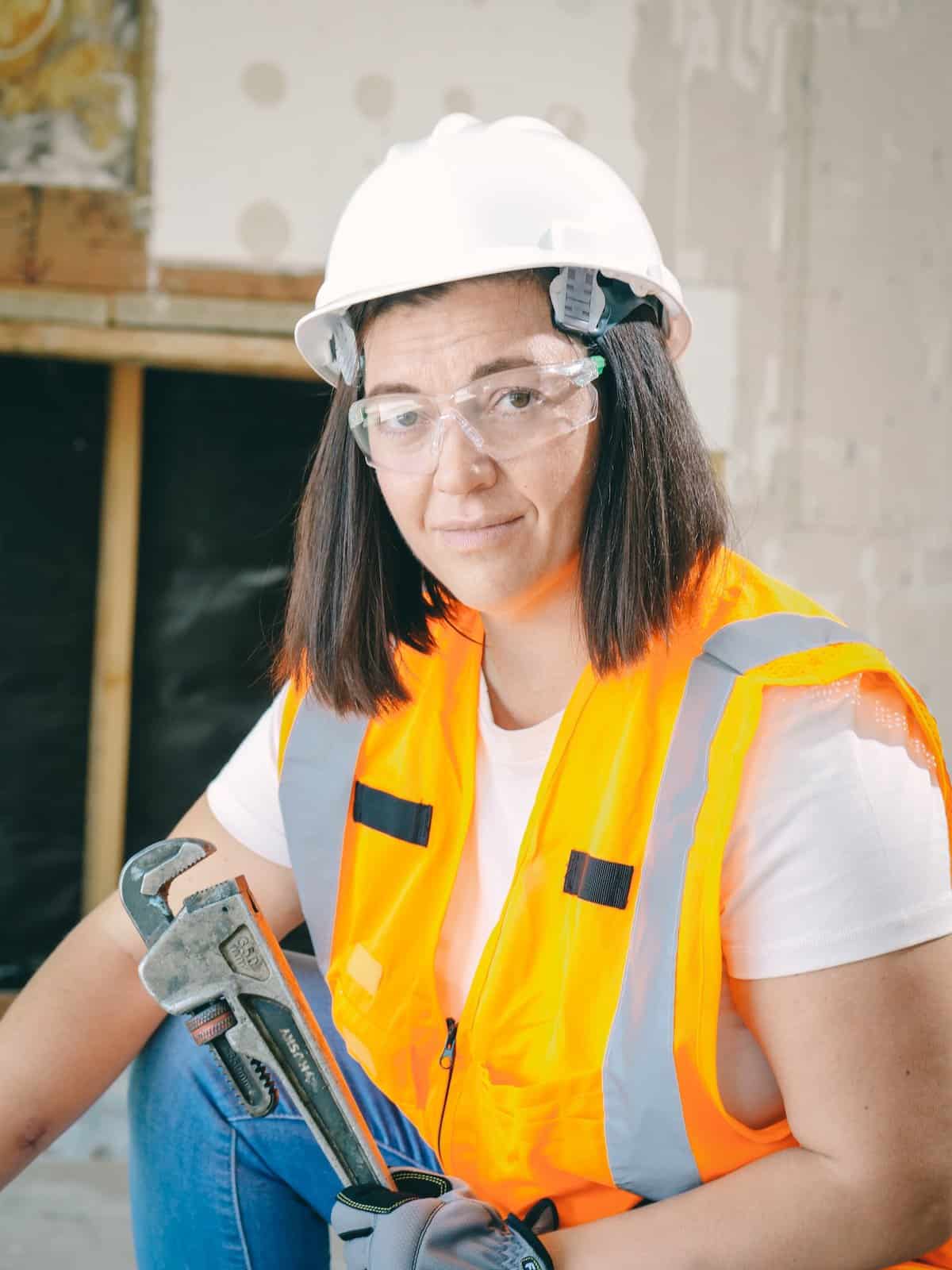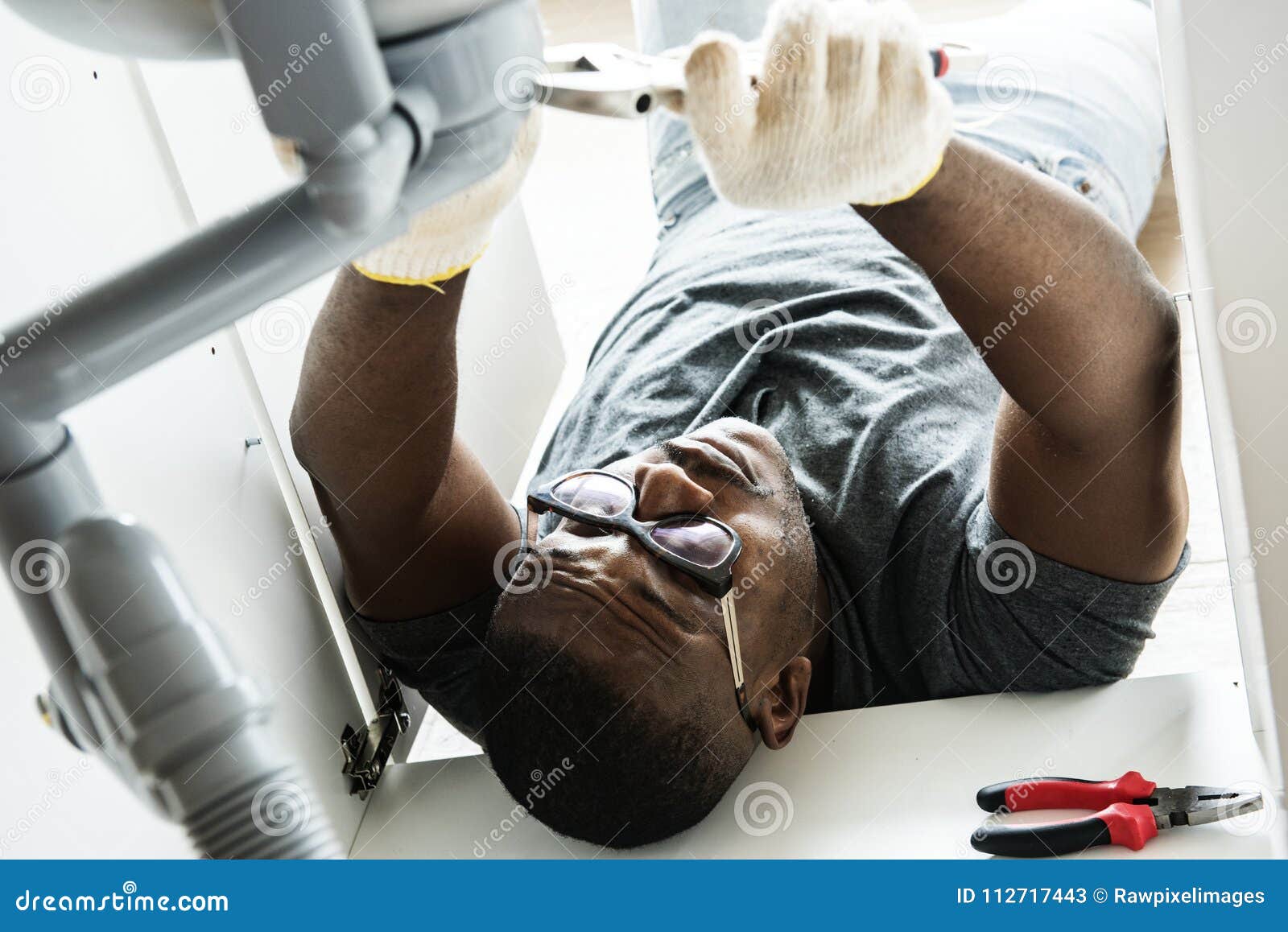Top Quality Water Heater Installation Alabaster AL for Ideal Comfort
Top Quality Water Heater Installation Alabaster AL for Ideal Comfort
Blog Article
A Step-by-Step Guide to Effective Water Heater Installation for Optimum Performance
Starting the task of mounting a hot water heater is an endeavor that requires precision and a methodical strategy for attaining ideal efficiency. The procedure starts with the critical choice of choosing the suitable heating unit customized to the particular requirements of your household, taking into consideration aspects such as kind, energy, and size source. When chosen, preparing the setup location to satisfy safety and security criteria is critical. The trip does not finish here. As you proceed, the complexities of attaching water lines and establishing reputable electrical or gas connections await, encouraging insights into guaranteeing performance and dependability.
Choosing the Right Hot Water Heater

Next, think about the dimension and ability of the hot water heater. It's essential to evaluate your house's warm water demands, which can vary based on the variety of residents and their use patterns. A device that's also tiny might lead to insufficient warm water, while an oversized design may cause unneeded energy intake.
Performance rankings additionally play a crucial role in choice. Try to find water heating units with high Power Variable (EF) rankings, indicating remarkable performance and reduced power use. Tankless designs, though commonly more pricey ahead of time, deal substantial power savings in time as a result of their on-demand home heating capacities.
Preparing the Installment Area
Prior to installing a new water heater, precise preparation of the installment area is necessary. It's vital to gauge the area meticulously to fit the water heating system's dimensions, making certain ample clearance around the system for reliable procedure and maintenance.
Following, get rid of any type of debris, dust, or blockages from the site to produce a clean atmosphere. Inspect the flooring for stability, as the water heater will require a strong, level surface area to operate successfully. If necessary, mount a drip frying pan below the unit to capture prospective leakages or spills, protecting against water damage to the surrounding area. In regions vulnerable to seismic task, take into consideration mounting seismic straps to protect the heater securely in place.
Furthermore, ensure that all needed devices and materials get on hand before beginning the installment. This includes things such as wrenches, screwdrivers, a degree, and any kind of extra equipment required for placing and securing the heater. A well-prepared setup area sets the structure for an effective hot water heater arrangement, optimizing performance and security.
Connecting Water Supply Lines
When attaching water lines to your newly set up water heating system, it is crucial to make sure that all connections are secure and leak-free to maintain effective procedure and protect against water damage. Begin by identifying the cold and hot supply of water lines. The cold water inlet is commonly noted with a blue tag or a "C", while the hot water outlet is noted with a red tag or an "H".
Use flexible water heating system adapters to help with an easier installation procedure. Prior to attaching the ports, put a plumber's tape around the threaded ends of the water heating system's inlet and outlet pipes.
When connections are in location, slowly turn on the primary water shutoff. Evaluate each connection for leaks by visually examining and feeling for wetness. Tighten links as needed, and ensure the pressure safety valve is properly set up, securing versus extreme stress accumulation.
Establishing Electrical or Gas Links
Correctly establishing the electric or gas a knockout post links for your hot water heater is an important step to make sure risk-free and reliable operation. For electrical hot water heater, begin by validating that the electric circuit works with the heating unit's voltage and amperage demands. Ensure the power supply is shut off at the circuit breaker to stop accidents. Link the electrical wires to the heating unit complying with the supplier's electrical wiring diagram. Normally, this includes connecting the ground cable to the eco-friendly terminal, and the staying cords to their equivalent terminals, securing each with cable nuts.
For gas see this hot water heater, safety and security is critical. Confirm that the gas supply is off before continuing. Attach the gas line to the hot water heater utilizing an adaptable gas port, ensuring it is correctly threaded and secured with pipeline joint substance or Teflon tape appropriate for gas connections. Tighten up the links with a wrench, taking treatment not to over-tighten (Water Heater installation Alabaster AL).
Once connections are made, examine for any type of potential leaks. For gas lines, use a soapy water solution to the joints; bubbles indicate a leak. For electrical links, double-check that all circuitry is secure and effectively shielded, keeping compliance with regional electrical codes.
Testing and Changing for Performance
With the electrical and gas links firmly in area, the next action is evaluating the operational effectiveness of your water heating system. Begin by carefully transforming on the water supply and ensuring there are no leaks at any one of the joints or shutoffs. When verified, proceed to fill up the tank, taking note of the pressure and temperature level setups. It is advisable to set the thermostat to a recommended temperature of around 120 ° F(49 ° C) to stabilize energy effectiveness and convenience.
Next, perform an extensive inspection to make certain the heating aspects or gas heaters are operating properly. For electrical heating systems, utilize a multimeter to verify if the aspects are drawing the proper present. In gas models, observe the heater flame; it should be blue and constant, indicating reliable combustion.
Adjust the setups as essential to get rid of inefficiencies. Take into consideration carrying out insulation actions, such as adding a water heating system blanket, to additionally boost efficiency by reducing heat loss. Furthermore, inspect the anode pole's problem, as a deteriorated rod can lower efficiency and cause container rust.
Verdict
Efficient hot water heater setup is essential for guaranteeing optimal performance and power savings. By picking the appropriate type and dimension, and carefully preparing the setup area, a foundation for success is established. Securely attaching water supply lines and carefully establishing electrical or gas connections lessen prospective concerns. Extensive testing for leakages and specific thermostat modifications to 120 ° F improve reliability and effectiveness. Complying with these actions advertises long-term performance and energy conservation in residential water heating systems.

Correctly setting up the electric or gas connections for your water heating system is a vital step to make sure secure and efficient procedure. For electrical water heating units, start by validating that the electric circuit is compatible with the heating system's voltage and amperage requirements. Attach the gas line to the water heating unit utilizing a flexible gas port, ensuring it is properly threaded and secured with pipeline joint compound or Teflon tape appropriate for gas links.
Report this page